
Local artists Shula Singer Arbel, Dwora Fried and Malka Nedivi have very different styles and employ different mediums, but their inspiration for their work is the same. As the daughters of Holocaust survivors, they channel the experiences and trauma of the past to create art that’s relevant in today’s troubled times. In advance of their combined exhibition, “Inherited Memories,” the women shared their stories with the Journal.
Arbel was born in Israel to a Chasidic, Yiddish-speaking mother who survived Auschwitz, and a father who spent the war in the Russian army. She grew up in Los Angeles, hearing about the horrors that haunted her parents. Not surprisingly, she felt an immediate bond with Fried and Nedivi.
“We shared our stories of growing up with ‘broken’ mothers,” Arbel said. “We found many commonalities, although our upbringing was very different. … I felt our collective voices would create a powerful and emotional exhibition. I feel it is my duty and my legacy to keep the memory of the Holocaust alive. In today’s political climate, it is more important than ever.”
Arbel’s paintings are based on photographs from the displaced-persons camp where her parents met. “In spite of the tremendous loss and unimaginable suffering they experienced, this was a time of great hope and optimism for the future, which is why I chose to make art about this little-known period of history,” she said.
Arbel used a limited palette of acrylic paints and described her style as “a fusion of representational, figurative, abstract and dreamlike imagery. My figures are faceless to create a more universal narrative, allowing the viewers to inject their own memories and stories into the painting.”
Although she grew up in a traditional, Zionist, kosher home, had a Jewish education and attended Camp Ramah, Arbel didn’t start expressing Judaism in her art until three years ago. Today, she continues to follow Jewish traditions in raising her family and often visits Israel. “But I’m much less religious than when I was growing up in my parents’ home,” she said. “I feel much freer now to choose what is meaningful to me.”
Fried is the daughter of a Viennese father who moved to Israel before World War II and a Polish mother who survived Plaszow, Auschwitz and Bergen-Belsen. She uses her art to express what it was like to grow up Jewish, lesbian and the child of Holocaust survivors in post-war Vienna. “As a child, I was always preoccupied about what I would pack in my
little suitcase if we had to suddenly leave,” she said. “Or who of the neighbors in our building would hide me.”
“I hope the exhibition sheds light on the fact that trauma is passed down generationally.”
— Shula Singer Arbel
A photographer, collage artist and now an assemblage artist, Fried creates mixed-media tableaux in glass-fronted wooden boxes that “recreate the feeling of what it was like growing up. That feeling of impending doom, not belonging, being an outsider. I inherited a sense of isolation, displacement and an appreciation for the surreal. For this exhibit, I created house-like boxes … what I imagine those abandoned homes were like, what
immigrants felt like in a strange land, what the survivors dreamt about the places
they left behind.”
Nedivi, an only child, was born in Rehovot, Israel, to parents who survived Bergen-Belsen. She grew up with the ghosts of the Holocaust always present. “This felt like a big, black hole that was part of our life all around us,” she said. “It was always there but no one talked about it. I was always escaping to my friends’ homes to get away from the pain I felt at home.”
Her mother became a hoarder and today, Nedivi uses fabric, papers and junk in the collages she creates. “The same things my mom was hoarding,” she said. “I also find myself sewing in my art a lot, and she was a seamstress. I am more and more becoming my mom and I am finally so proud of it — and her. Her soul is always with me in my studio. I feel that my mom is proud of me and that all of our family members that perished in the war are sitting in the Garden of Eden, proud that I am presenting them and their memory.”
The three artists are excited about exhibiting their work together.
“When I first saw Malka’s sculptures in an exhibit, I recognized the figures: They looked like my family members,” Fried said. “Shula’s paintings, based on old family photographs, could have been taken from one of my family albums. We were meant to have a show together. I am always surprised by visitors’ reactions to my work. I hope they recognize themselves and their own fragility in the world we live in.”
“If viewers feel something, then I have done my job as an artist,” Arbel said. “If I can evoke emotion, connect memories with a viewer, elicit some thought or self-reflection, then I am satisfied. I hope the exhibition sheds light on the fact that trauma is passed down generationally.”
“This exhibition is very important to me because I think it is so important not to forget our history,” Nedivi said. “If we do not learn about it and remember the ones that perished, history might repeat itself. I also feel that I have a strong need to make this art to try to understand my parents better. I think the art explains what words cannot say.”
“Inherited Memories” runs May 18-26 at the Castelli Art Space, 5428 Washington Blvd., Los Angeles. The artists will participate in a discussion at 3 p.m. May 26.







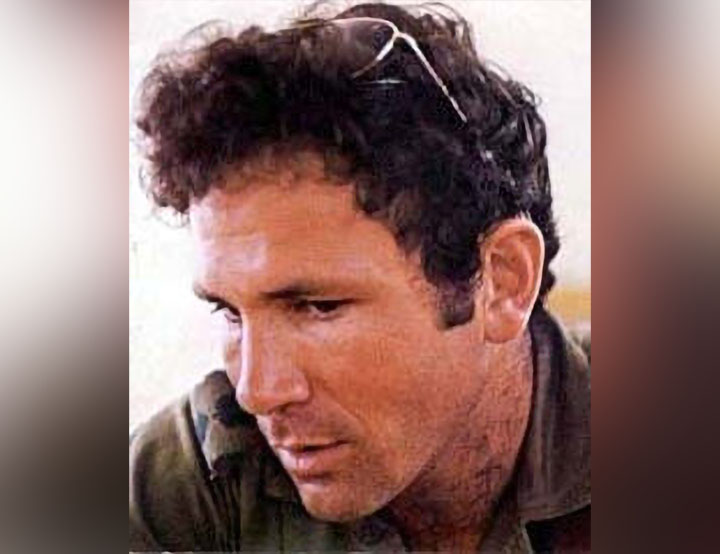

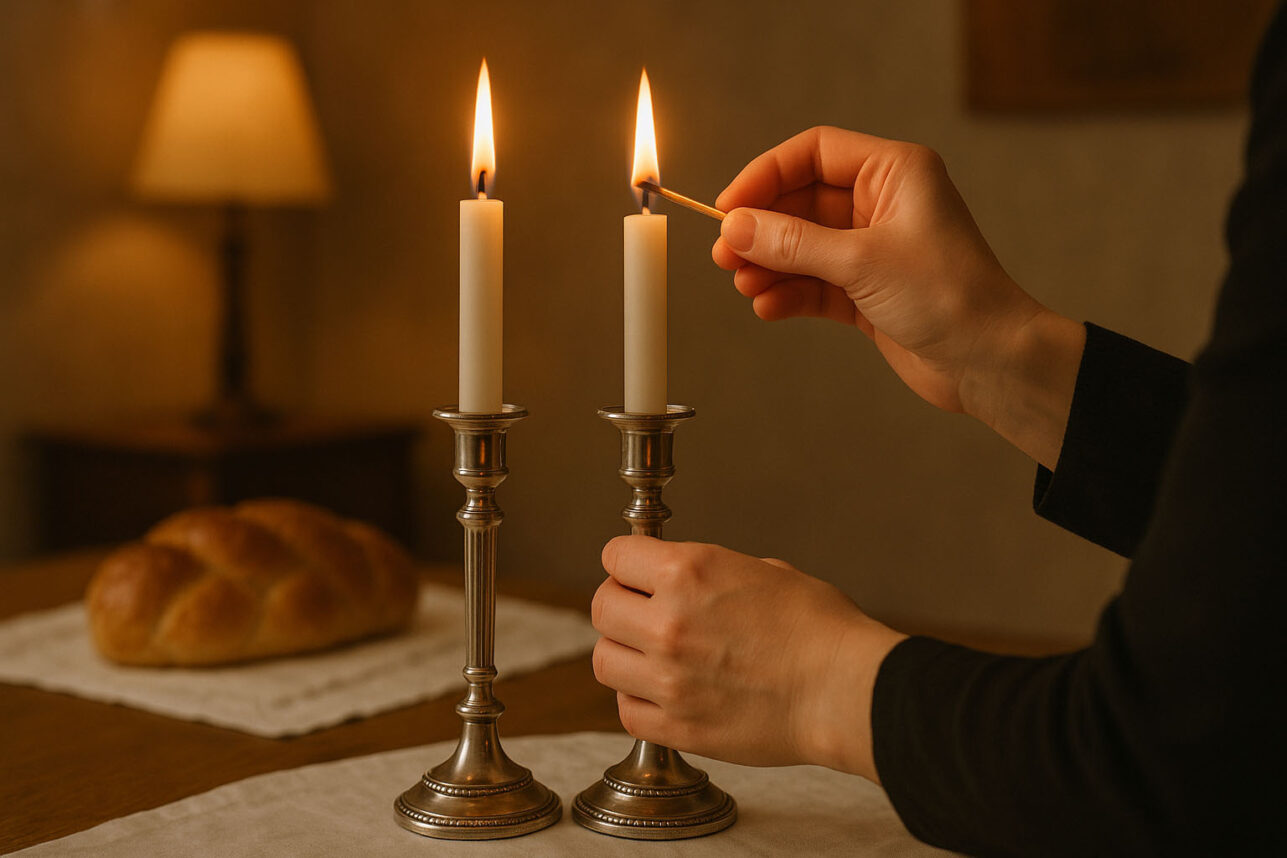






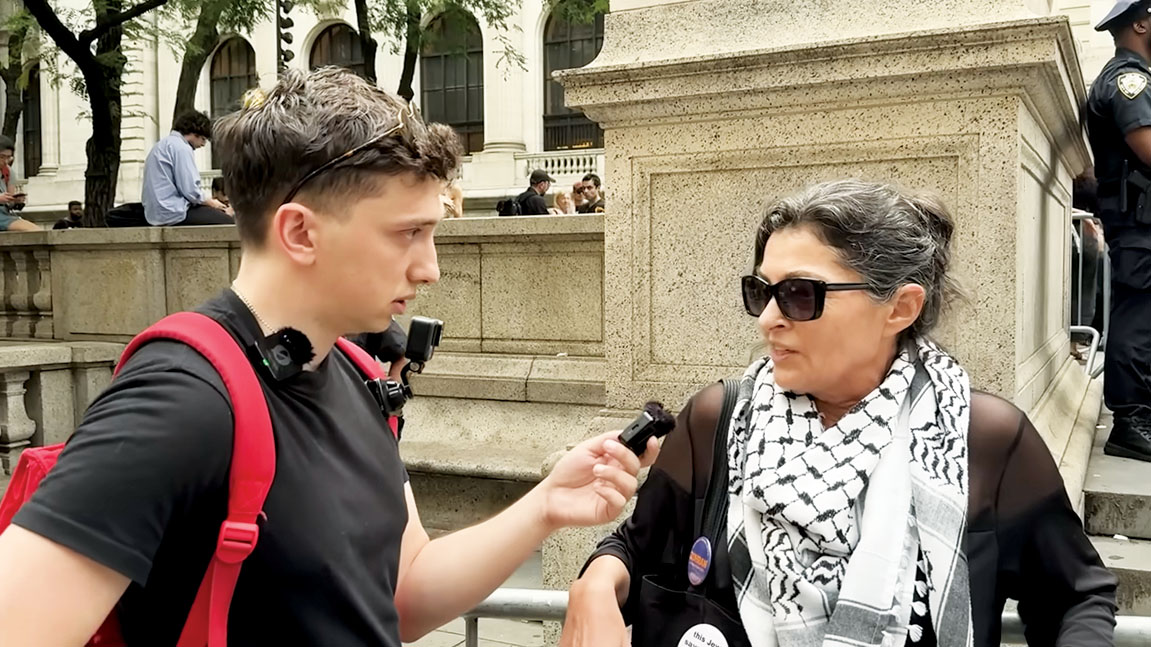
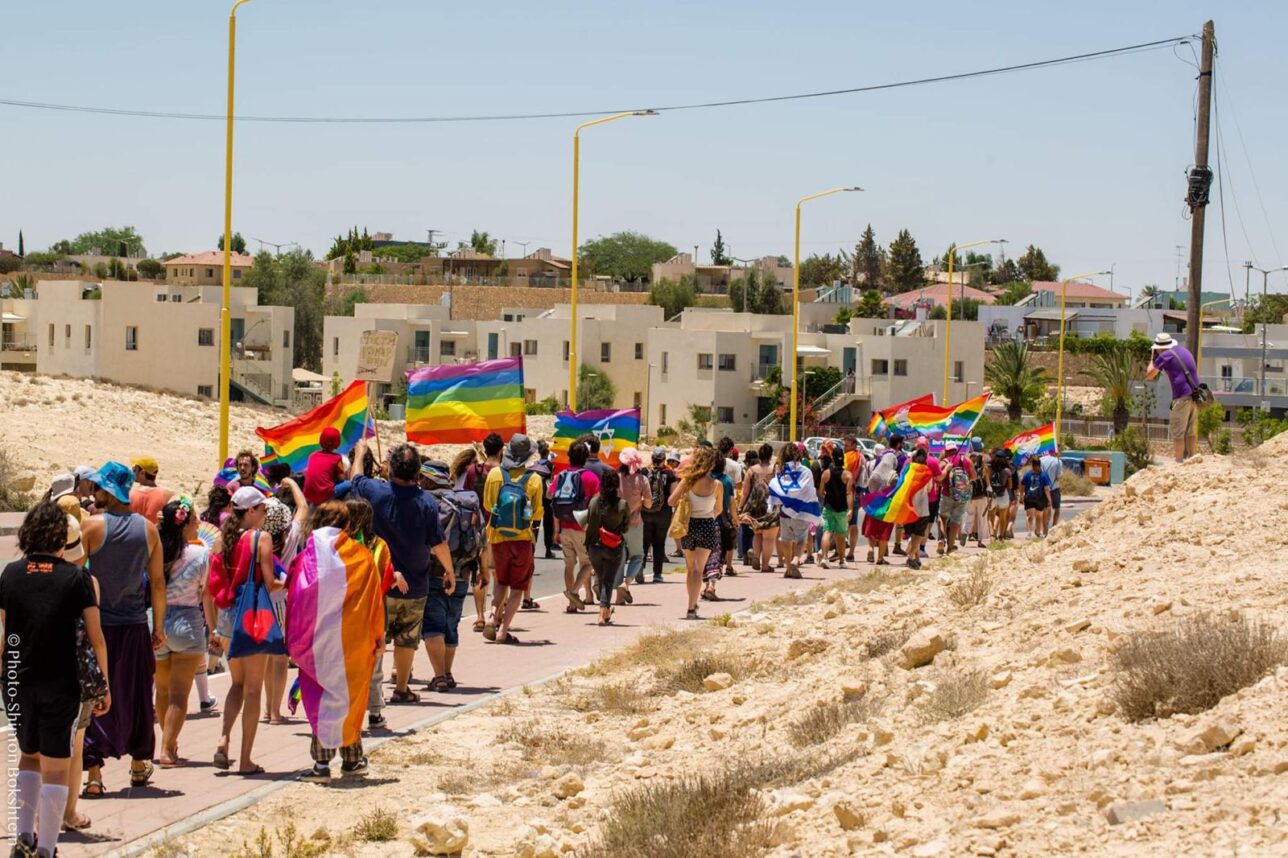

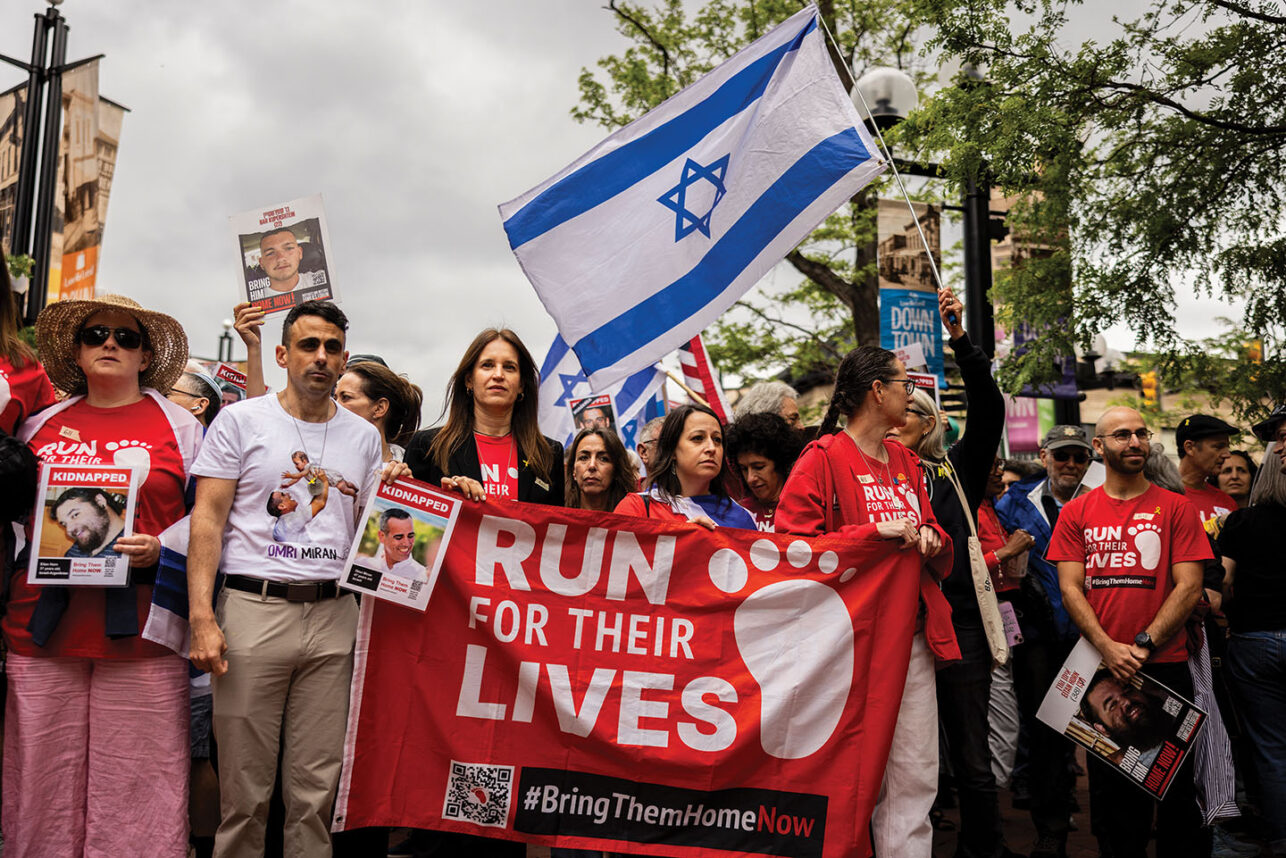

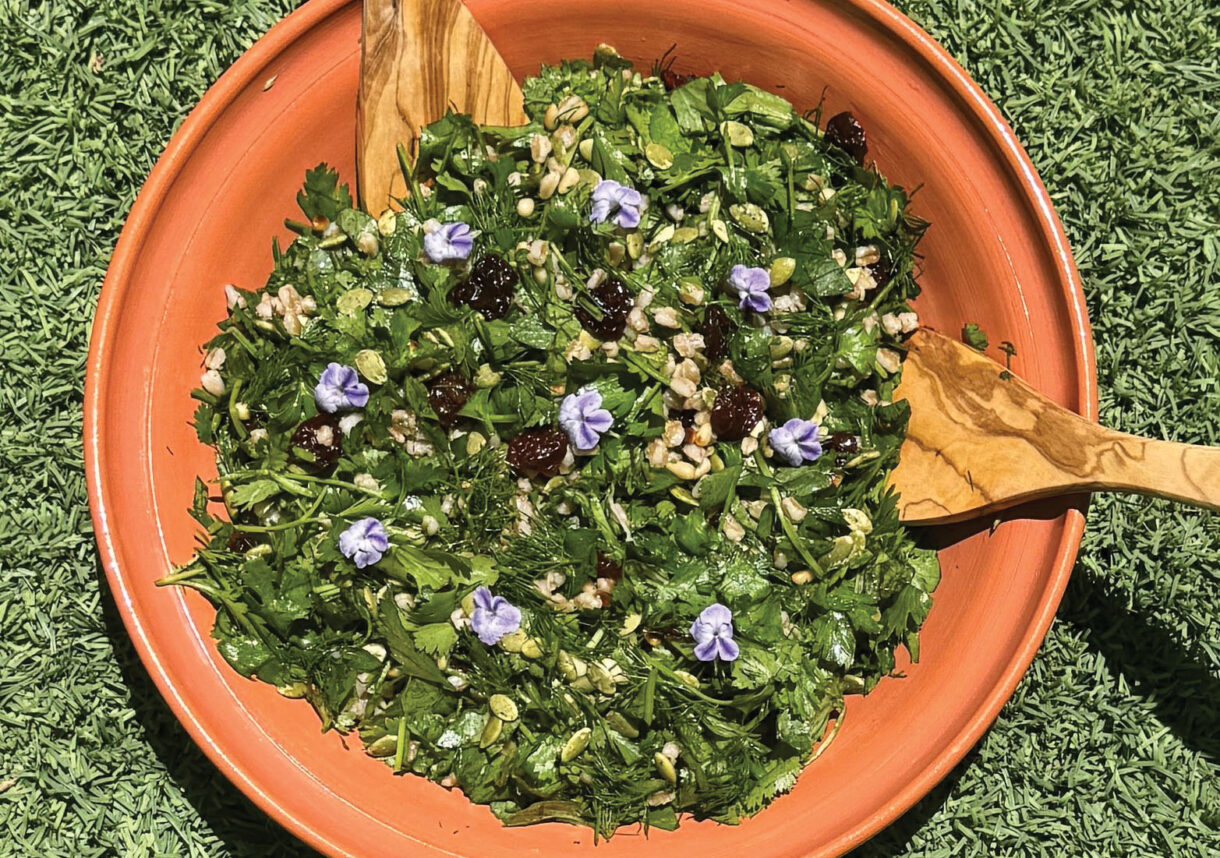

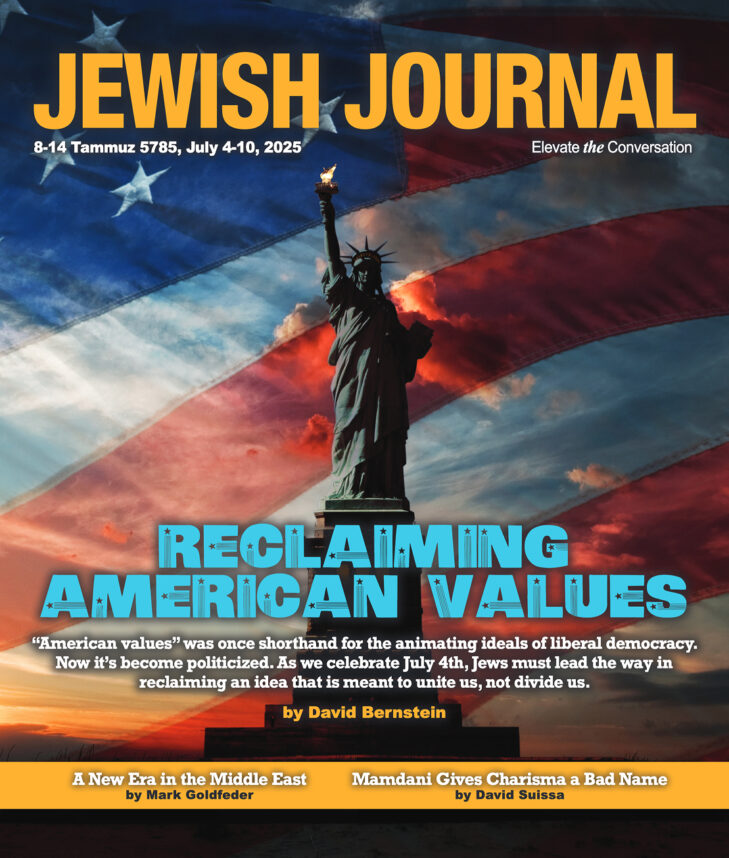
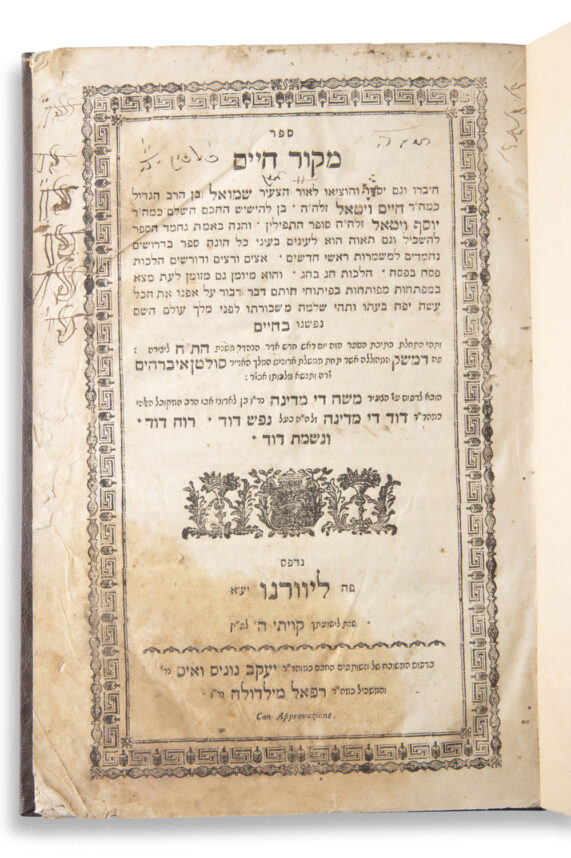


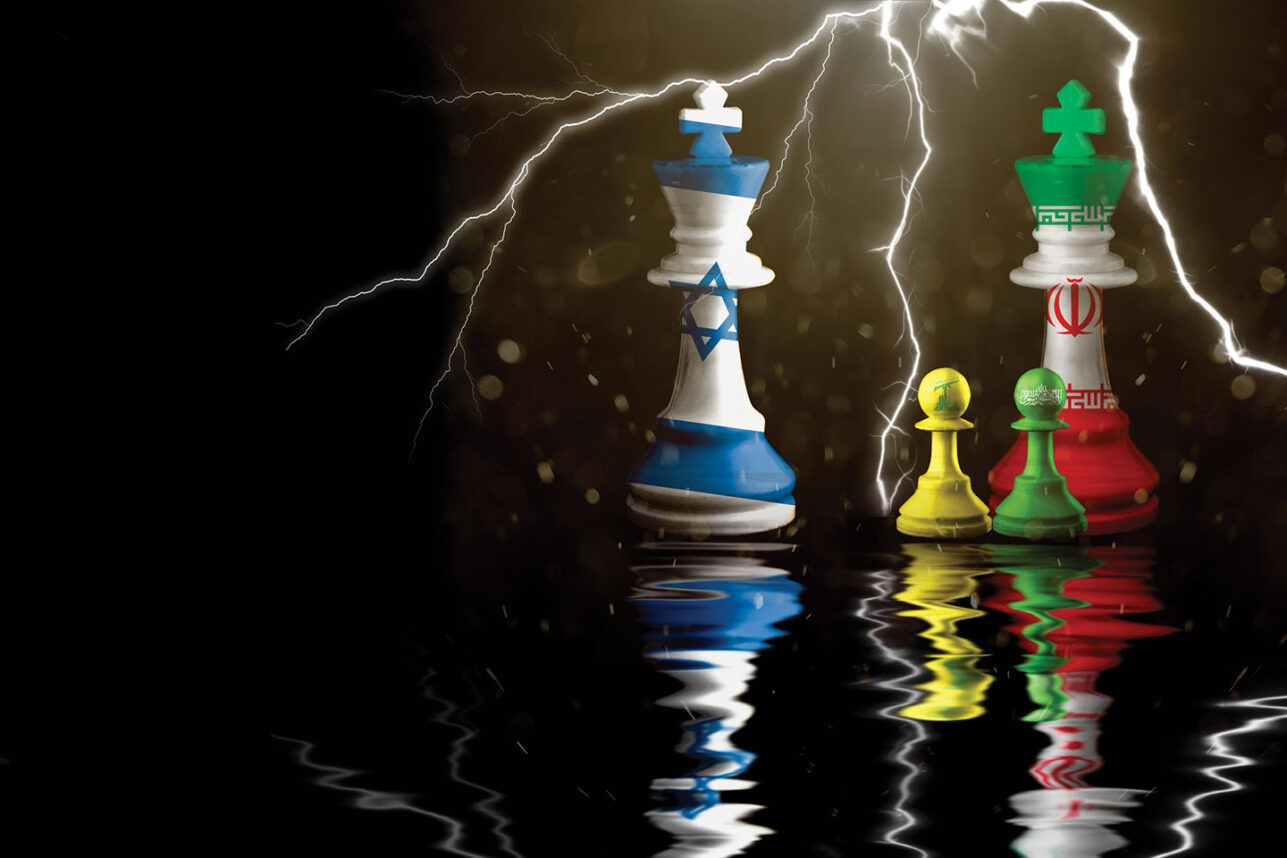

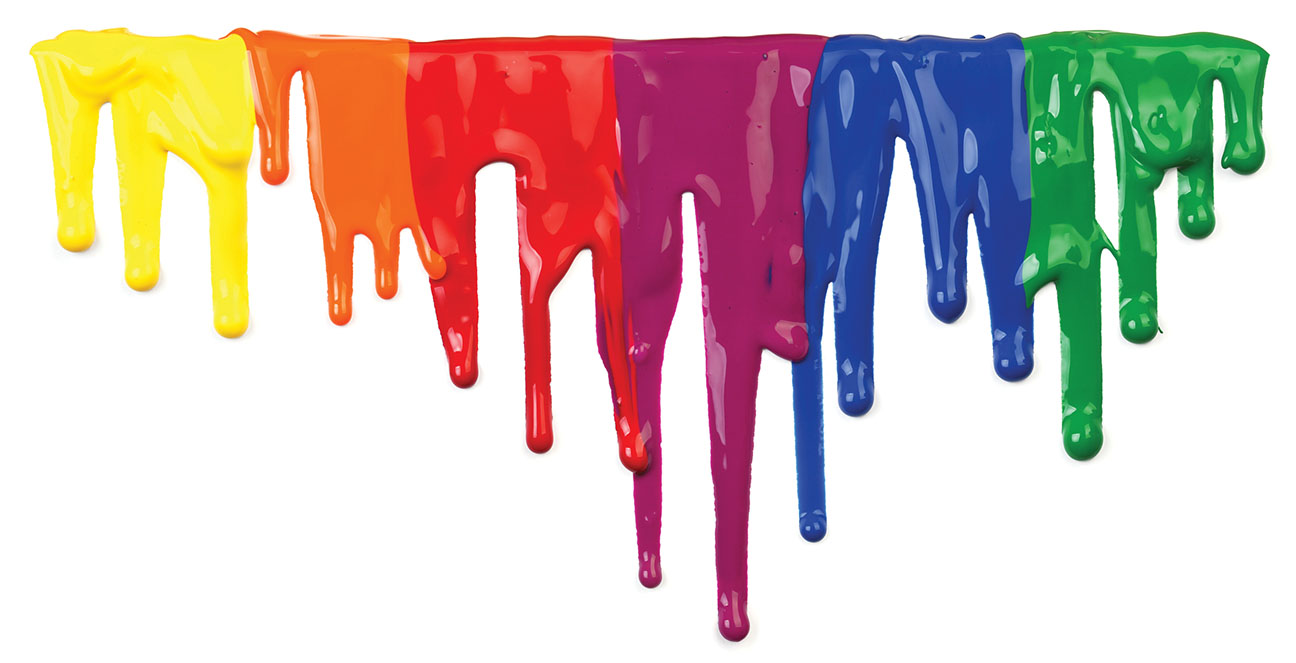
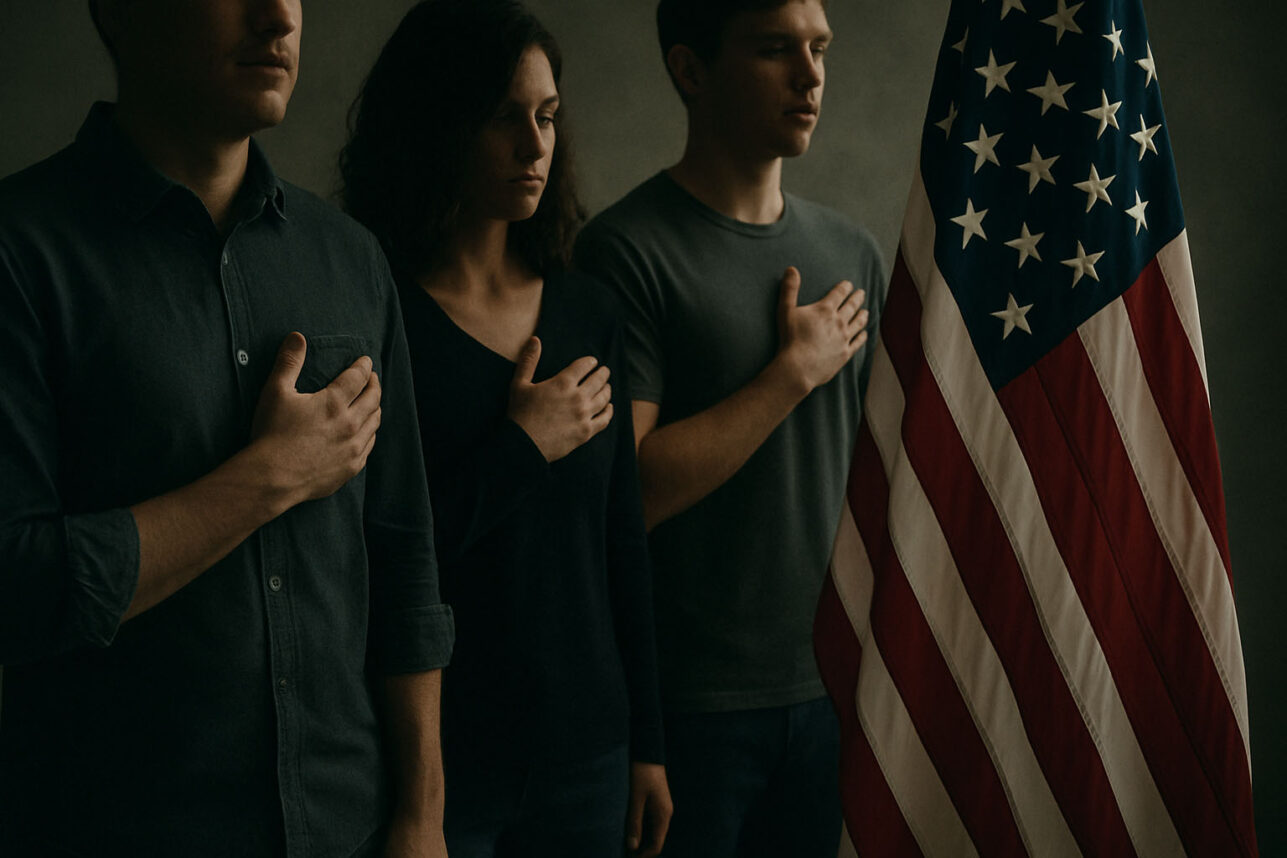


 More news and opinions than at a Shabbat dinner, right in your inbox.
More news and opinions than at a Shabbat dinner, right in your inbox.